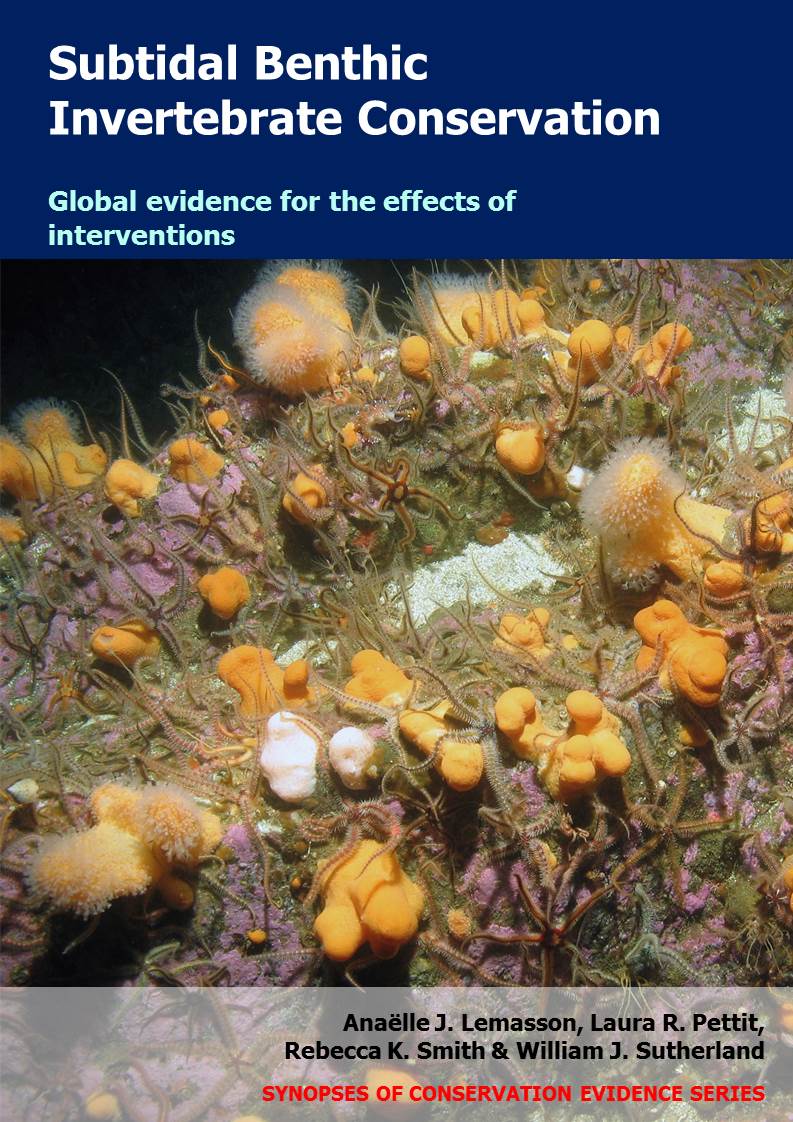Increase the mesh size of pots and traps
-
Overall effectiveness category Unknown effectiveness (limited evidence)
-
Number of studies: 1
View assessment score
Hide assessment score
How is the evidence assessed?
-
Effectiveness
61% -
Certainty
29% -
Harms
0%
Study locations
Supporting evidence from individual studies
A replicated, controlled study (date unspecified but appears to be 2012) in a muddy and sandy area in the Corindi River system, eastern Australia (Broadhurst et al. 2014) found that traps used to catch giant mud crabs Scylla serrata appeared to catch fewer unwanted undersized mud crabs when designed with larger mesh size, compared to conventional traps. The proportion of undersized crabs caught in traps with 101 mm mesh appeared lower (22%) compared to conventional traps with 51 mm mesh (29%; results not tested for statistical significance). In addition, the number of wounded mud crabs (undersized and commercial size) was statistically lower in traps with larger mesh size (0.03 crabs/trap) compared to conventional traps (0.13 crabs/trap). Conventional traps are designed with 51 mm mesh. Conventional traps were modified by increasing the mesh size to 101 mm. Seven modified traps and seven conventional traps were tested during 20 deployments. All traps were baited with sea mullet Mugil cephalus. Traps were recovered after 24 hours, and all catch identified, counted, and any wounds assessed.
Study and other actions tested
Where has this evidence come from?
List of journals searched by synopsis
All the journals searched for all synopses
This Action forms part of the Action Synopsis:
Subtidal Benthic Invertebrate Conservation





)_2023.JPG)














